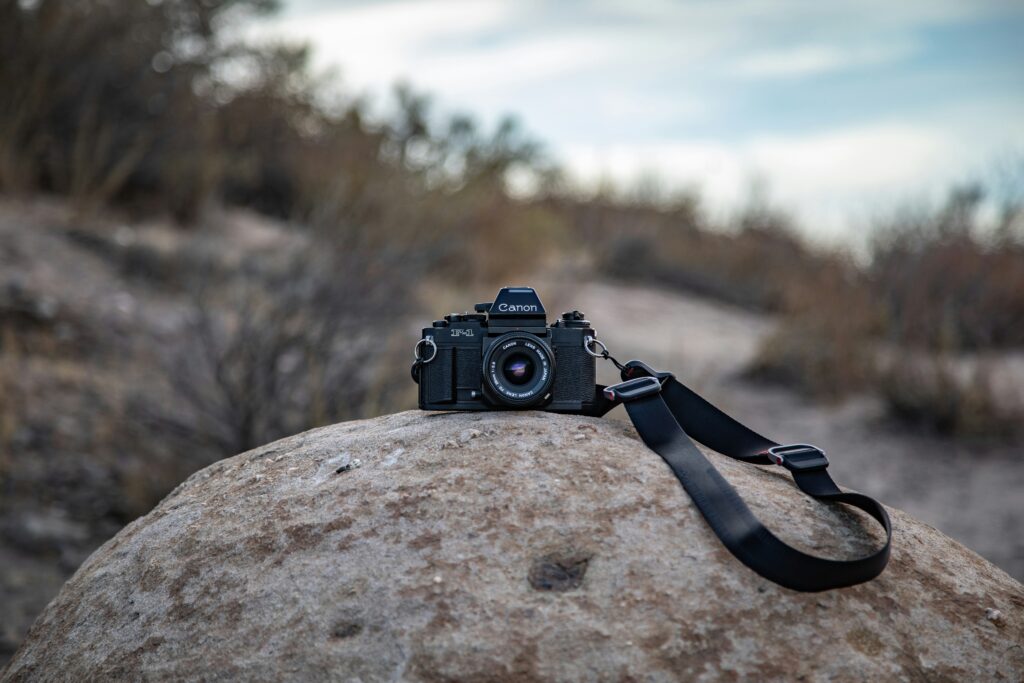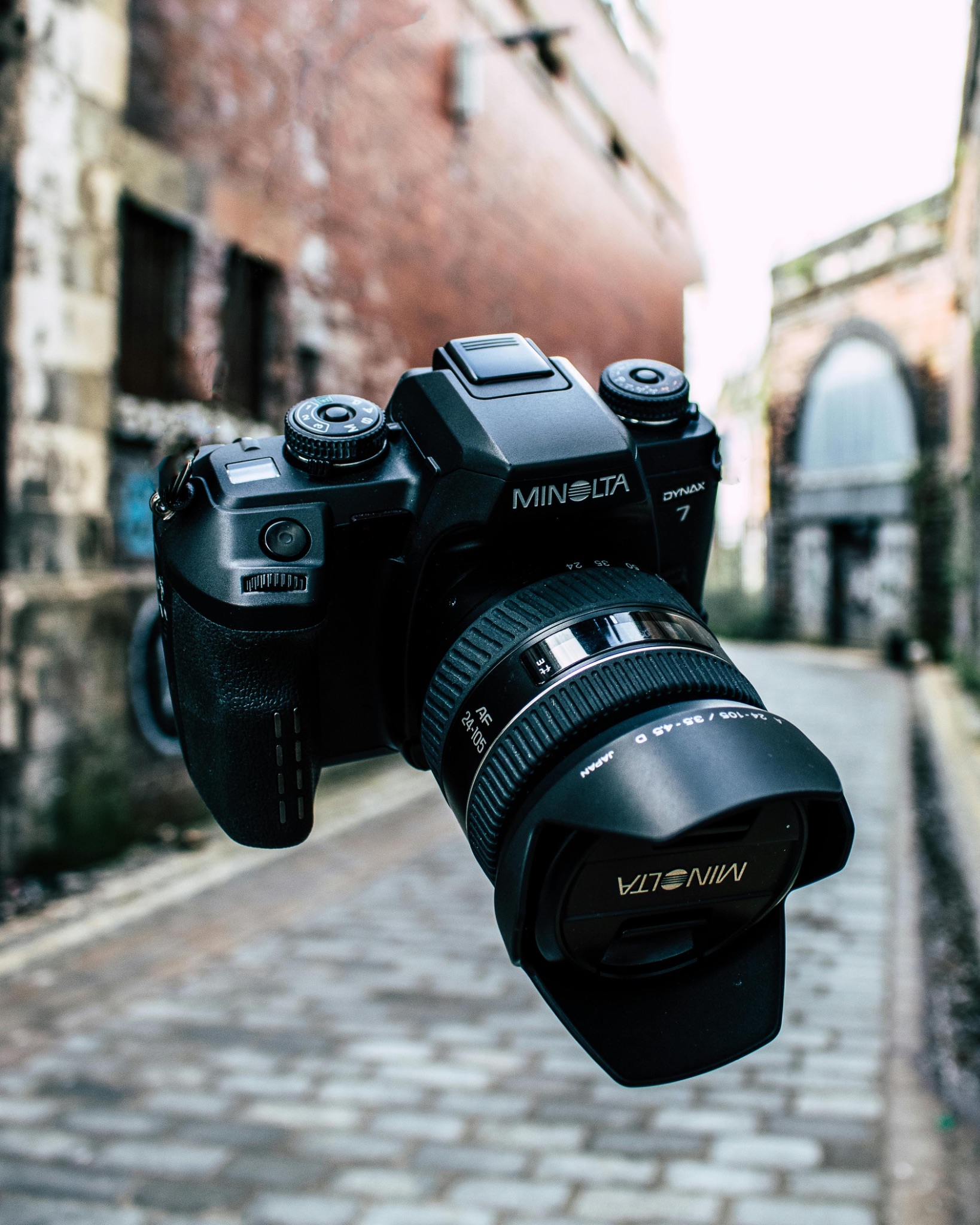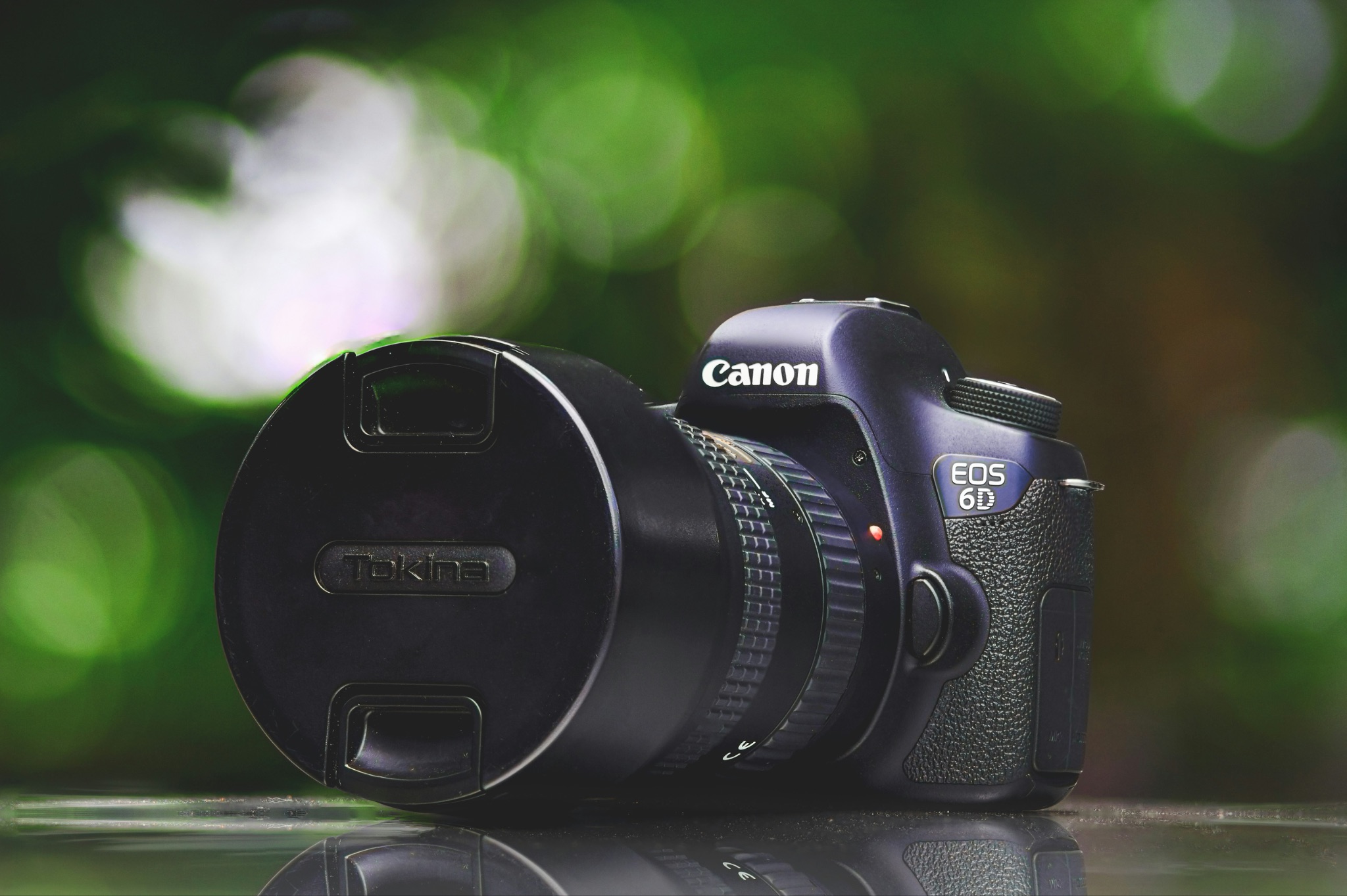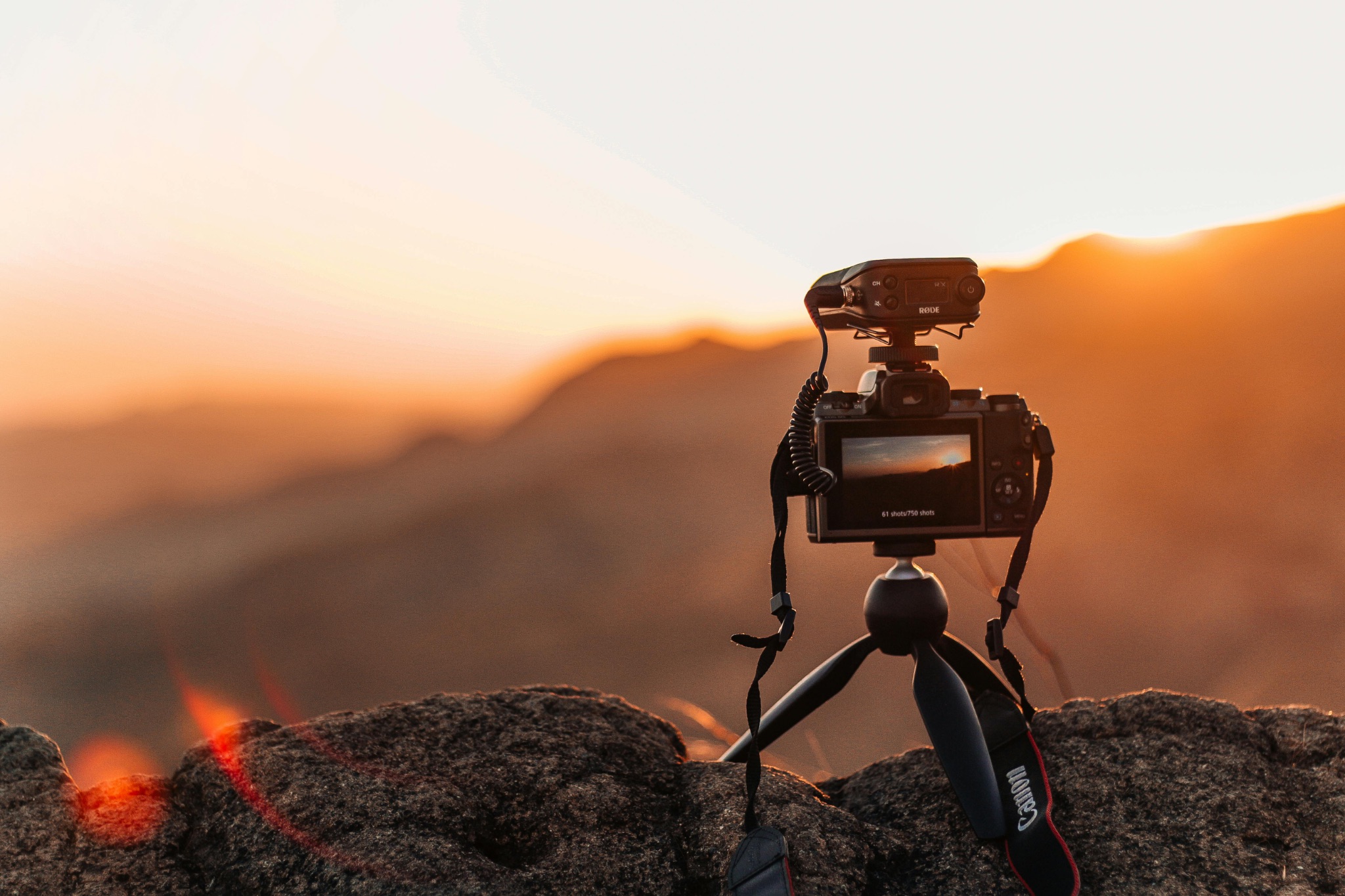[ad_1]
My first camera had no battery. Its metering was done by a selenium cell that produced its own power when the light fell on it. Even by the standards of the time, it was as basic as it came.
This was in the early 1980s, and state-of-the-art then would have been cameras with shutter and aperture priority and perhaps a center-weighted metering system powered by a small coin-sized battery. Often, the shutter mechanism would also be powered by this, so if it ran out, the camera would not work.
All of this, in a roundabout way, leads me to say that I have seen a lot of technological advances in cameras and photography in general.
I am also aware that those technological advances come in peaks and troughs. I think that at the moment we are entering one of those troughs. Let me explain why.
Camera Revolutions I Have Seen
The first big photographic revolution that I witnessed was the introduction of autofocus. It was both pretty amazing and pretty slow. This innovation by Minolta led to most of the other manufacturers scrambling around trying to create their own autofocus systems. There were some odd attempts to build autofocus into lenses to save people from buying new cameras, but over a period of a few years, focusing developed into pretty much what we see today.

Perhaps the next revolution was the integration of CPUs into cameras. This allowed for more advanced metering and exposure modes and made life significantly easier for photographers.
The big one, of course, was the move from film to digital. This was, perhaps, the greatest single advance in the history of photography. It revolutionized and democratized photography.

Technological Advances In The Digital Era
The advent of sensors and CPUs has allowed camera manufacturers to push the boundaries of camera capabilities. The first digital cameras were basic compacts, but soon moved to the more familiar SLR, renamed DSLR. We moved from CCD to CMOS sensors, we entered a megapixel race, we saw the introduction of stabilization, first in lenses, then in camera bodies.
In 200,7 Steve Jobs stood on stage and showed us an iPhone. Little did we know then that it and its rivals would effectively kill the compact camera market and at the same time bring an entirely new generation to photography.
Just as smartphone cameras were becoming mainstream, mirrorless cameras arrived, signaling the long, slow, drawn-out death of the DSLR.
All of these were great leaps in camera technology. Yet none of them happened in the last decade.

Stagnation Of Technology
It seems that at the moment, we are on a treadmill of yearly camera updates, each with incremental improvements but no revolutionary new features.
Two of my recent cameras demonstrate this. The Fuji X-H2 moved from a 26MP to a 40MP sensor and had better video codecs compared to the previous generation Fujis. Nice, but nothing special.
My Sony a7RV used the same sensor and better processing power as its predecessor. Again, it made it a significantly better camera but without being leaps and bounds ahead of the previous generation.
It feels like the camera manufacturers are trying to feed our FOMO by pushing out frequent new models offering “amazing” new features that actually offer the photographer very little in practical terms.

Have We Reached Peak Technology?
I suspect that whilst camera manufacturers have the ability to innovate, at the moment, there are some aspects that are holding them back. Chief amongst them is the way we view images.
The vast majority of images these days are seen on the screen of a smartphone. Some will be seen on a decent-sized monitor, and very few will be printed.
Pretty much any camera produced in the last 10 years is capable of way more quality than even computer monitors can display. This has effectively slowed down the megapixel race, as for the vast majority, huge megapixel counts are not needed.
Innovation in areas like autofocus and video output still continues but there is nothing revolutionary. It’s step by step, incremental improvements. Even Sony’s AI autofocus, whilst excellent, is not exactly a game-changing feature.
The fact is that modern cameras are “good enough” for the vast majority of photographers, and any new features tend to be overhyped in order to maintain sales of newer models.
There is one area where I think we will soon be seeing a technological advance, however, and we can see it happening already.

Computational Photography, The Next Big Leap
Computational photography is not a new thing. It has been an integral part of smartphone photography for many years now. It uses the power of a processor and programming to overcome the physical limitations of the smaller sensors and lenses found on phones.
Using this technology, smartphones are able to produce better images in low light and create shots with a shallow depth of field despite tiny sensors and wide angles.
This technology is ripe for modern mirrorless cameras. There is one area in particular, I think we will soon see advances – lenses. Fast, large-aperture lenses are both expensive to make and heavy to use. The advances in computational photography will allow manufacturers to produce smaller, slower lenses that are much lighter and use processors to improve low-light performance and give a shallow depth of field. Lenses already communicate a lot of information to the camera, and computational photography can use that data to create similar effects that we see in smartphones.

Purists will, of course, balk at this idea, but I am pretty confident we will be seeing it fairly soon. The profit margins on these lighter, more sophisticated lenses will be higher than on bigger glass. I suspect that in 10 years time we could well see a point where multiple focal lengths will not be needed, instead, the power of a processor combined with AI will enable us to zoom in, even after the fact. Rather than a simple sensor crop, these will be full-resolution zooms that maintain the correct perspective and compression, all from a single focal length.
For now, I suspect the cost of the processors is the main factor holding back mainstream camera manufacturers. That’s why, for me, at the moment, it feels like we are very much in a technological trough when it comes to cameras. When I moved from Fujifilm to Sony, it was more about quality control issues than camera technology. Both systems are great,t but neither offers anything revolutionary over the other.
I suspect it will be a few years of incremental improvement in technology. That will end when one of the major manufacturers has a big bang moment and puts powerful computational photography into a mainstream camera. My money is on Sony, let’s meet up in a few years to see if I am right.
[ad_2]
Source link

دیدگاهتان را بنویسید